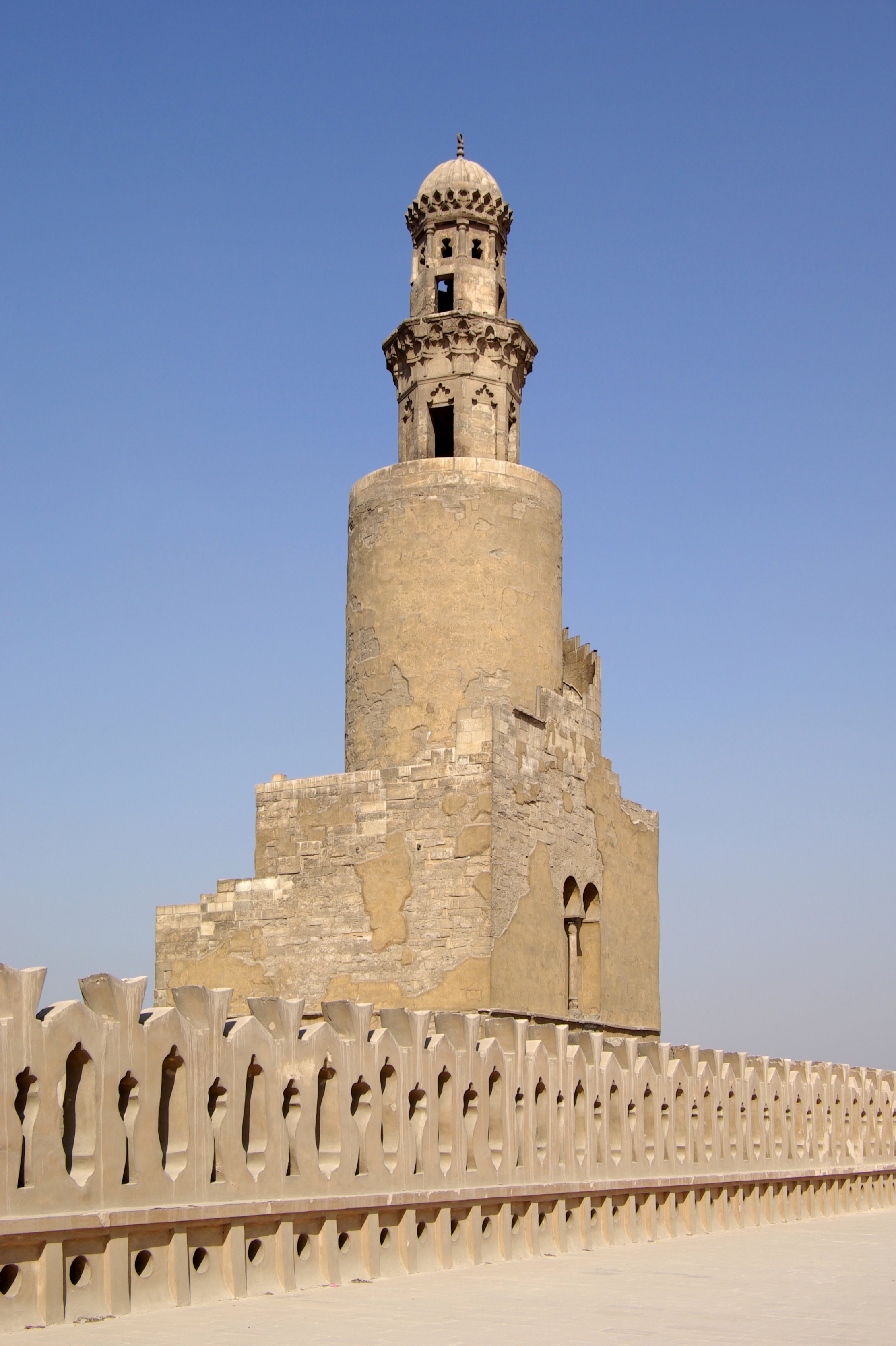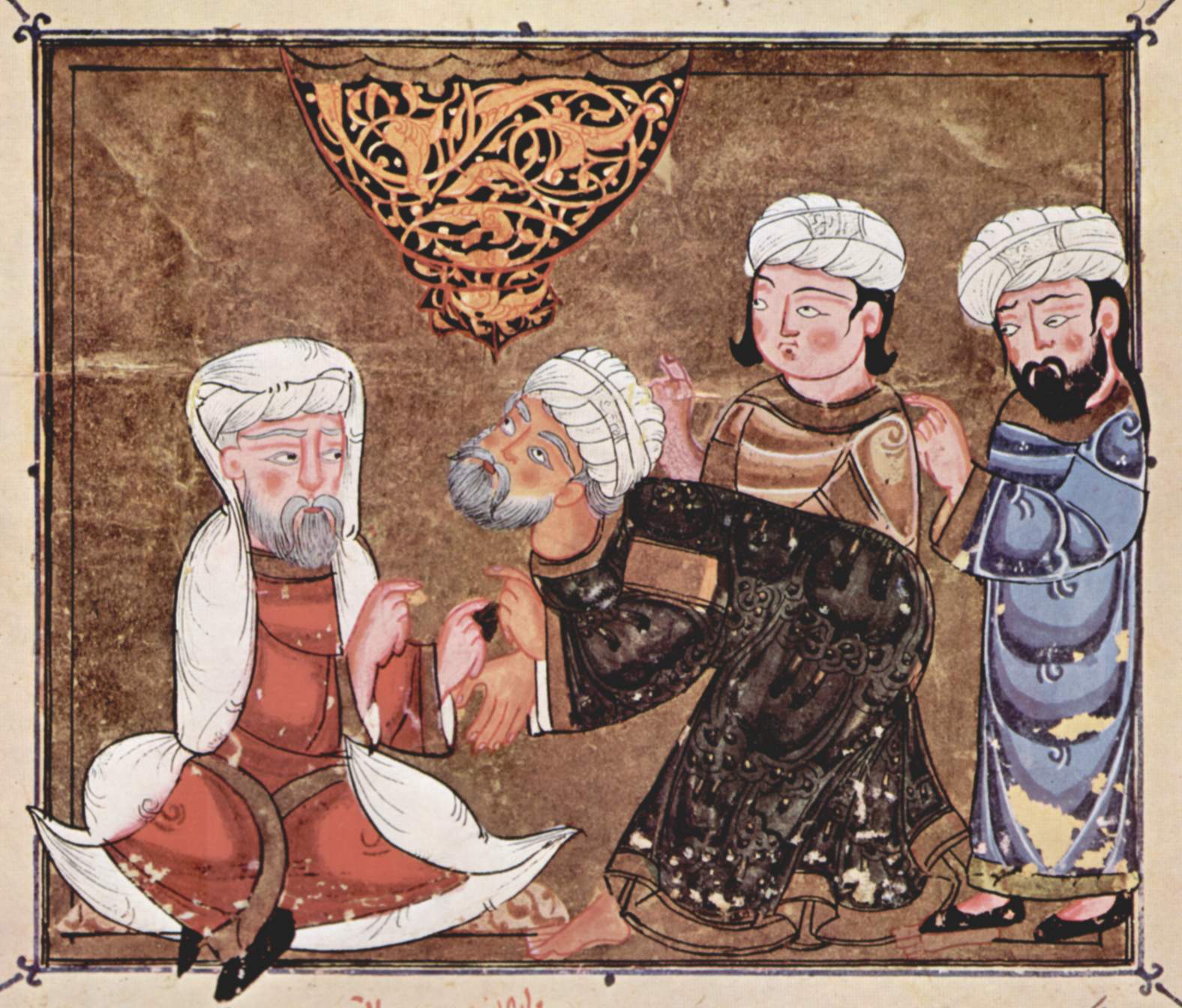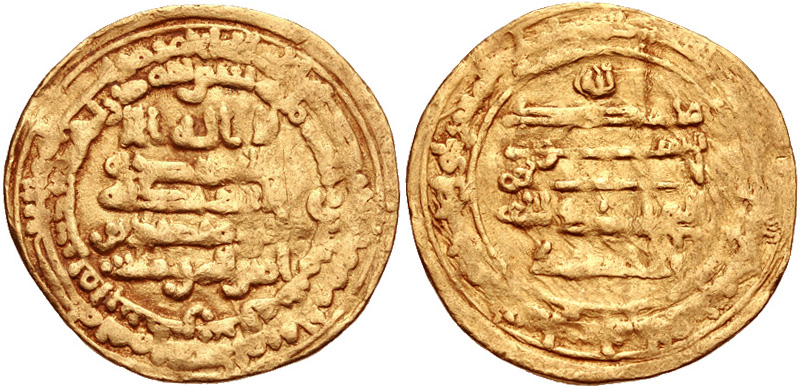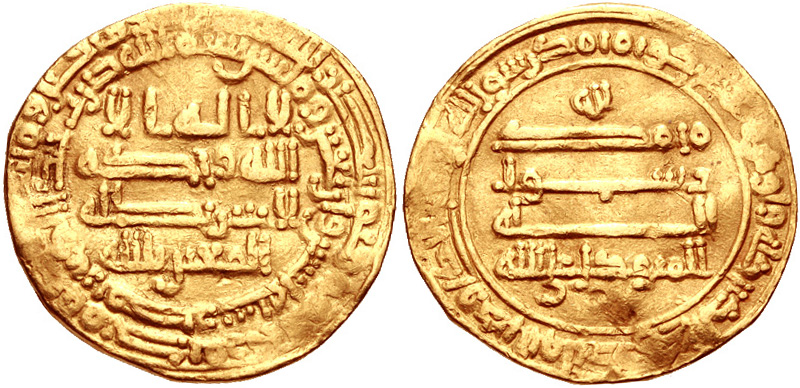|
Khut Abd Al-Wahid Ibn Yahya
Abd al-Wahid ibn Yahya, known as Khut ( ar, خوط عبد الواحد بن يحيى) was a ninth century governor of Egypt for the Abbasid Caliphate, serving there from 851 until 852. Career Khut was a great-great-grandson of Ruzayq, the progenitor of the Tahirid dynasty. In 851 he became resident governor of Egypt on behalf of the Tahirid Muhammad ibn Ishaq ibn Ibrahim, who had been assigned the province by al-Muntasir, and he arrived there in May of that year. His appointment initially gave him gave him control of security and the prayers, as well as the land tax (''kharaj''), but in August 851 the latter authority was rescinded and for the remainder of his governorship he oversaw the first two functions alone. During Khut's governorship, the caliph al-Mutawakkil (r. 847–861) ordered the release of the ex-'' qadi'' Muhammad ibn Abi al-Layth al-Khwarazmi from prison and had him try several individuals, including members of the Banu Ibn 'Abd al-Hakam, on charges of ste ... [...More Info...] [...Related Items...] OR: [Wikipedia] [Google] [Baidu] |
Egypt In The Middle Ages
Following the Islamic conquest in 639, Lower Egypt was ruled at first by governors acting in the name of the Rashidun Caliphs and then the Umayyad Caliphs in Damascus, but in 747 the Umayyads were overthrown. Throughout Islamic rule, Askar was named the capital and housed the ruling administration. The conquest led to two separate provinces all under one ruler: Upper and Lower Egypt. These two very distinct regions were governed by the military and followed the demands handed down by the governor of Egypt and imposed by the heads of their communities. Egypt was ruled by many dynasties from the start of Islamic control in 639 until the early 16th century. The Umayyad period lasted from 658 to 750. The Abbasid period which came after was much more focused on taxes and centralizing power. In 868, the Tulunids, ruled by Ahmad ibn Tulun, expanded Egypt's territory into the Levant. He would rule until his death in 884. After years of turmoil under Ahmad ibn Tulun's successor, many c ... [...More Info...] [...Related Items...] OR: [Wikipedia] [Google] [Baidu] |
Qadi
A qāḍī ( ar, قاضي, Qāḍī; otherwise transliterated as qazi, cadi, kadi, or kazi) is the magistrate or judge of a ''sharīʿa'' court, who also exercises extrajudicial functions such as mediation, guardianship over orphans and minors, and supervision and auditing of public works. History The term ''qāḍī'' was in use from the time of Muhammad during the early history of Islam, and remained the term used for judges throughout Islamic history and the period of the caliphates. While the ''muftī'' and '' fuqaha'' played the role in elucidation of the principles of Islamic jurisprudence (''Uṣūl al-Fiqh'') and the Islamic law (''sharīʿa''), the ''qāḍī'' remained the key person ensuring the establishment of justice on the basis of these very laws and rules. Thus, the ''qāḍī'' was chosen from amongst those who had mastered the sciences of jurisprudence and law. The Abbasid caliphs created the office of "chief ''qāḍī''" (''qāḍī al-quḍāh''), ... [...More Info...] [...Related Items...] OR: [Wikipedia] [Google] [Baidu] |
Abbasid Governors Of Egypt
The Abbasid Caliphate ( or ; ar, الْخِلَافَةُ الْعَبَّاسِيَّة, ') was the third caliphate to succeed the Islamic prophet Muhammad. It was founded by a dynasty descended from Muhammad's uncle, Abbas ibn Abdul-Muttalib (566–653 CE), from whom the dynasty takes its name. They ruled as caliphs for most of the caliphate from their capital in Baghdad in modern-day Iraq, after having overthrown the Umayyad Caliphate in the Abbasid Revolution of 750 CE (132 AH). The Abbasid Caliphate first centered its government in Kufa, modern-day Iraq, but in 762 the caliph Al-Mansur founded the city of Baghdad, near the ancient Babylonian capital city of Babylon. Baghdad became the center of science, culture and invention in what became known as the Golden Age of Islam. This, in addition to housing several key academic institutions, including the House of Wisdom, as well as a multiethnic and multi-religious environment, garnered it a worldwide reputation as the ... [...More Info...] [...Related Items...] OR: [Wikipedia] [Google] [Baidu] |
Ishaq Ibn Yahya Ibn Mu'adh
Ishaq ibn Yahya ibn Mu'adh ( ar, إسحاق بن يحيى بن معاذ; died 851) was a ninth-century provincial governor for the Abbasid Caliphate, serving as governor of Damascus and Egypt. Early career Ishaq was the scion of a prominent family from Khurasan; his father Yahya ibn Mu'adh ibn Muslim was a senior official who had been governor of Damascus, Armenia and al-Jazira. Ishaq himself was appointed as resident governor of the district of Damascus during the reign of al-Ma'mun (r. 813–833) by the caliph's brother and successor Abu Ishaq al-Mu'tasim (r. 833–842), and remained there through the death of al-Ma'mun in 833. During this period Ishaq was ordered by al-Mu'tasim to carry out the ''mihnah'' or inquisition regarding the createdness of the Qur'an, but he dealt leniently with the Damascenes on the matter. Following the foundation of Samarra in 836, Ishaq received a land allotment along the Grand Avenue in the central city. In 840, al-Mu'tasim appointed him as ... [...More Info...] [...Related Items...] OR: [Wikipedia] [Google] [Baidu] |
List Of Governors Of Islamic Egypt
Governors of Arab Egypt (640–1250) and Mamluk Egypt (1250–1517). For other periods, see the list of rulers of Egypt. Rashidun Caliphate (640–658) Umayyad Caliphate (659–750) Dates taken from John Stewart's ''African States and Rulers'' (2005). Abbasid Caliphate (750–969) Governors during the first Abbasid period (750–868) Dates taken from John Stewart's ''African States and Rulers'' (2005). Autonomous emirs of the Tulunid dynasty (868–905) Dates taken from John Stewart's ''African States and Rulers'' (2005). Governors during the second Abbasid period (905–935) Dates taken from John Stewart's ''African States and Rulers'' (2005). Autonomous emirs of the Ikhshidid dynasty (935–969) Dates taken from John Stewart's ''African States and Rulers'' (2005). Fatimid Dynasty (969–1171) Dates for Caliphs taken from John Stewart's ''African States and Rulers'' (2005). Ayyubid Sultanate (1171–1252) Dates taken from John Stewart's ''African States ... [...More Info...] [...Related Items...] OR: [Wikipedia] [Google] [Baidu] |
Anbasah Ibn Ishaq Al-Dabbi
Anbasah ibn Isḥāq al-Ḍabbi ( ar, عنبسة بن إسحاق الضبي; died c. 860) was a provincial governor for the Abbasid Caliphate in the ninth century, serving as governor of Raqqa (833), al-Sind (c. 840s) and Egypt (852-856). He was the last Arab to hold the governorship of Egypt under the Abbasid caliphs, his successors thereafter being Turks. Governorship of al-Sind The scion of an Arab family originating from al-Basrah, Anbasah was appointed to be resident governor of al-Sind for the Turkish officer Itakh, who had been granted the administration of the province by the caliph. At the time of his appointment, al-Sind was in a state of disorder, and its previous governor 'Imran ibn Musa al-Barmaki had been killed during infighting among the local Arabs. When Anbasah arrived in the province, however, most of the notables willingly submitted to him, and he was eventually able to pacify the region. During his administration of al-Sind, Anbasah tore down the tower of ... [...More Info...] [...Related Items...] OR: [Wikipedia] [Google] [Baidu] |
Fustat
Fusṭāṭ ( ar, الفُسطاط ''al-Fusṭāṭ''), also Al-Fusṭāṭ and Fosṭāṭ, was the first capital of Egypt under Muslim rule, and the historical centre of modern Cairo. It was built adjacent to what is now known as Old Cairo by the Rashidun Muslim general 'Amr ibn al-'As immediately after the Muslim conquest of Egypt in AD 641, and featured the Mosque of Amr, the first mosque built in Egypt. The city reached its peak in the 12th century, with a population of approximately 200,000.Williams, p. 37 It was the centre of administrative power in Egypt, until it was ordered burnt in 1168 by its own vizier, Shawar, to keep its wealth out of the hands of the invading Crusaders. The remains of the city were eventually absorbed by nearby Cairo, which had been built to the north of Fustat in 969 when the Fatimids conquered the region and created a new city as a royal enclosure for the Caliph. The area fell into disrepair for hundreds of years and was used as a rubbish d ... [...More Info...] [...Related Items...] OR: [Wikipedia] [Google] [Baidu] |
Bayt Al-mal
''Bayt al-mal'' () is an Arabic term that is translated as "House of money" or "House of wealth." Historically, it was a financial institution responsible for the administration of taxes in Islamic states, particularly in the early Islamic Caliphate. It served as a royal treasury for the caliphs and sultans, managing personal finances and government expenditures. Further, it administered distributions of zakat revenues for public works. Modern Islamic economists deem the institutional framework appropriate for contemporary Islamic societies. History ''Bayt al-mal'' was the department that dealt with the revenues and all other economical matters of the state. In the time of Muhammad, there was no permanent Bait-ul-Mal or public treasury. Whatever revenues or other amounts were received were distributed immediately. During Prophethood, the last receipt was tribute from Bahrain amounting 800000 dirham which was distributed in just one sitting. There were no salaries to be paid, and ... [...More Info...] [...Related Items...] OR: [Wikipedia] [Google] [Baidu] |
Ibn 'Abd Al-Hakam
Abu'l Qāsim ʿAbd ar-Raḥman bin ʿAbdullah bin ʿAbd al-Ḥakam (Arabic: أبو القاسم عبد الرحمن بن عبد الله بن عبد الحكم), generally known simply as Ibn ʿAbd al-Ḥakam (Arabic: ابن عبد الحكم) (801 AD - 257 A.H/ 871 A.D at al-Fustat near Cairo) was an Arab historian born in Fustat, Egypt who wrote a work generally known as " The Conquest of Egypt and North Africa and Spain (Andalusia) " ( ar, فتح مصر و المغرب و الاندلس, ''Futūḥ mișr wa'l maghrab wa'l andalus''). This work is considered one of the earliest Arabic Islamic histories to have survived to the present day. Life Ibn Abd al-Hakam came from an Arab family. The author's father ʿAbdullah and brother Muhammad were the leading Egyptian authorities of their time (early 9th century) on Malikite Islamic law. After the father's death, the family were persecuted by the caliph Al-Wathiq for their adherence to orthodox doctrine. Although much quoted by early ... [...More Info...] [...Related Items...] OR: [Wikipedia] [Google] [Baidu] |
Muhammad Ibn Abi Al-Layth Al-Khwarazmi
Muhammad ( ar, مُحَمَّد; 570 – 8 June 632 CE) was an Arab religious, social, and political leader and the founder of Islam. According to Islamic doctrine, he was a prophet divinely inspired to preach and confirm the monotheistic teachings of Adam, Abraham, Moses, Jesus, and other prophets. He is believed to be the Seal of the Prophets within Islam. Muhammad united Arabia into a single Muslim polity, with the Quran as well as his teachings and practices forming the basis of Islamic religious belief. Muhammad was born approximately 570CE in Mecca. He was the son of Abdullah ibn Abd al-Muttalib and Amina bint Wahb. His father Abdullah was the son of Quraysh tribal leader Abd al-Muttalib ibn Hashim, and he died a few months before Muhammad's birth. His mother Amina died when he was six, leaving Muhammad an orphan. He was raised under the care of his grandfather, Abd al-Muttalib, and paternal uncle, Abu Talib. In later years, he would periodically seclude hi ... [...More Info...] [...Related Items...] OR: [Wikipedia] [Google] [Baidu] |
Al-Mutawakkil
Abū al-Faḍl Jaʿfar ibn Muḥammad al-Muʿtaṣim bi-ʾllāh ( ar, جعفر بن محمد المعتصم بالله; March 822 – 11 December 861), better known by his regnal name Al-Mutawakkil ʿalā Allāh (, "He who relies on God") was the tenth Abbasid caliph. He succeeded his brother, al-Wathiq, and is known for expanding the empire to its maximum extent. He was deeply religious, and is remembered for discarding the Muʿtazila, ending the Mihna (a period of persecution of Islamic scholars), and releasing Ahmad ibn Hanbal. He is also known for his tough rule, especially with respect to non-Muslim subjects. He was assassinated on 11 December 861 by the Turkic guard with the support of his son, al-Muntasir, marking the beginning of the period of civil strife known as the " Anarchy at Samarra". Early life Al-Mutawakkil was born on February/March 822 to the Abbasid prince Abu Ishaq Muhammad (the future al-Mu'tasim) and a slave concubine from Khwarazm called Shuja ... [...More Info...] [...Related Items...] OR: [Wikipedia] [Google] [Baidu] |
Abbasid Caliphate
The Abbasid Caliphate ( or ; ar, الْخِلَافَةُ الْعَبَّاسِيَّة, ') was the third caliphate to succeed the Islamic prophet Muhammad. It was founded by a dynasty descended from Muhammad's uncle, Abbas ibn Abdul-Muttalib (566–653 CE), from whom the dynasty takes its name. They ruled as caliphs for most of the caliphate from their capital in Baghdad in modern-day Iraq, after having overthrown the Umayyad Caliphate in the Abbasid Revolution of 750 CE (132 AH). The Abbasid Caliphate first centered its government in Kufa, modern-day Iraq, but in 762 the caliph Al-Mansur founded the city of Baghdad, near the ancient Babylonian capital city of Babylon. Baghdad became the center of science, culture and invention in what became known as the Golden Age of Islam. This, in addition to housing several key academic institutions, including the House of Wisdom, as well as a multiethnic and multi-religious environment, garnered it a worldwide reputa ... [...More Info...] [...Related Items...] OR: [Wikipedia] [Google] [Baidu] |


.jpg)



